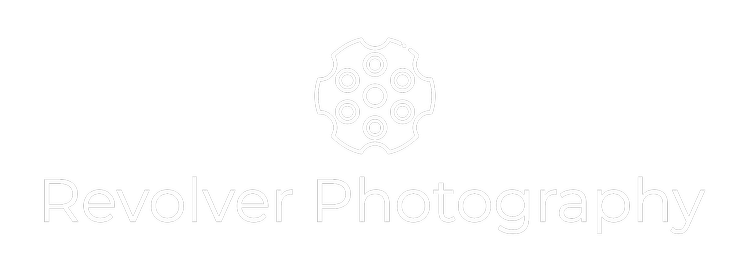It always seems a complex matter but its best to start simple and build on a good foundation.
The exposure triangle: Three things to play with, Aperture, Shutter Speed and ISO. I can't recommend enough how much you should play with these settings, its the best way to learn but remember to try and only change one option at a time so you can see the effect on the image and the other settings.
Aperture: That little hole inside your lens that you see changing, thats the aperture, the bigger it is (the opening) say f1.8 the more light gets in, simple. The bigger it is, the fewer things other than the focus point are in focus in the depth of the image, thats called depth of field. The smaller the aperture, say f11, the less light gets in but you will have more items in focus throughout the depth of the image. Use a low aperture, f1.8, to make your subject stand out from the background and a higher aperture, f11, to capture a landscape.
Shutter: Thats how quickly your shutter opens, stays open and then closes, the quicker it opens and closes the less light gets in. A fast shutter, such as 1/1000th will catch a fast moving subject but let in less light, a slow shutter such as 1/15th wont catch the moving object as well but will let more light in from the scene. So if you're out shooting some sport on a sunny day then 1/500th all the way, if you're out in the city at night with a tripod taking some street scenes then you'll be down at the 1/15th end or lower, cool thing, people moving through the shot will look like ghosts!!
ISO: This is the sensitivity of your camera sensor, usually starts at ISO 100 and then goes up in number for example to ISO 6400 and higher. The higher the number the more light is absorbed by the sensor, the offset is that a high ISO can lead to some 'noise' a loss of colour and a grainy effect to the image, don't sweat it! you got this with high ISO film as well, just get know the useable limits of your camera or use it to artistic effect. So, if you're out in bright sunlight you'll be using ISO 100 or thereabouts if its darker at dusk or in the city at night you'll maybe be up as high as ISO 6400 to get the shot. As a side note AUTO ISO on most cameras is your friend, just remember to set the working limits that suit your camera.
The secret sauce to all of this, when you change one of the three parameters it effects the others, so play around in manual. Couple of examples:
Sports day: You want to have a fast shutter to catch the action so open up your aperture, f1.8 and bump up your ISO so yo can get up to 1/500th or higher, just remember that you focus point as you will have a 'shallow' depth of field, less things in focus.
Landscape: So, here you want to get as much depth of field as possible, so you guessed it, set your aperture to f11, f13, you shutter speed depending on the available light may end up being as low as 1/30th of a second which is about as low as you want to go when you don't have a tripod, so you'll maybe have to bump up your ISO to ISO 600 or higher to compensate if the shutter speed drops below 1/30th. There is a whole session to be had on minimum shutter speed for a given lens, we'll cover that in the future.
Summary.
So hopefully you're seeing a pattern here, when you are looking at your scene and composition you'll be thinking about what is important, depth of field, shutter speed, available light and from there you can tweak your camera settings. A good place to start is using your camera in either Shutter or Aperture priority mode, with Auto ISO off, this will let you see what changing one setting does to the other. To put it simply, bump one setting up and the other goes down and vice versa, play with it and see how you get on. Once you're comfortable with that then add in a change to your ISO and you'll have endless options of how to expose your shot.
Remember there is no 'right' way to expose an image, its subjective, just try not to completely blow out the highlights or totally under expose the shaddows.
Two final thoughts on this, shoot in RAW, always, trust me on this and the final note, your camera may have an 'Exposure Compensation' dial this does nothing when you shoot in full manual, it will only have an effect on exposure if you shoot in Aperture priority or shutter priority.
Now get outside and take some photographs.



















